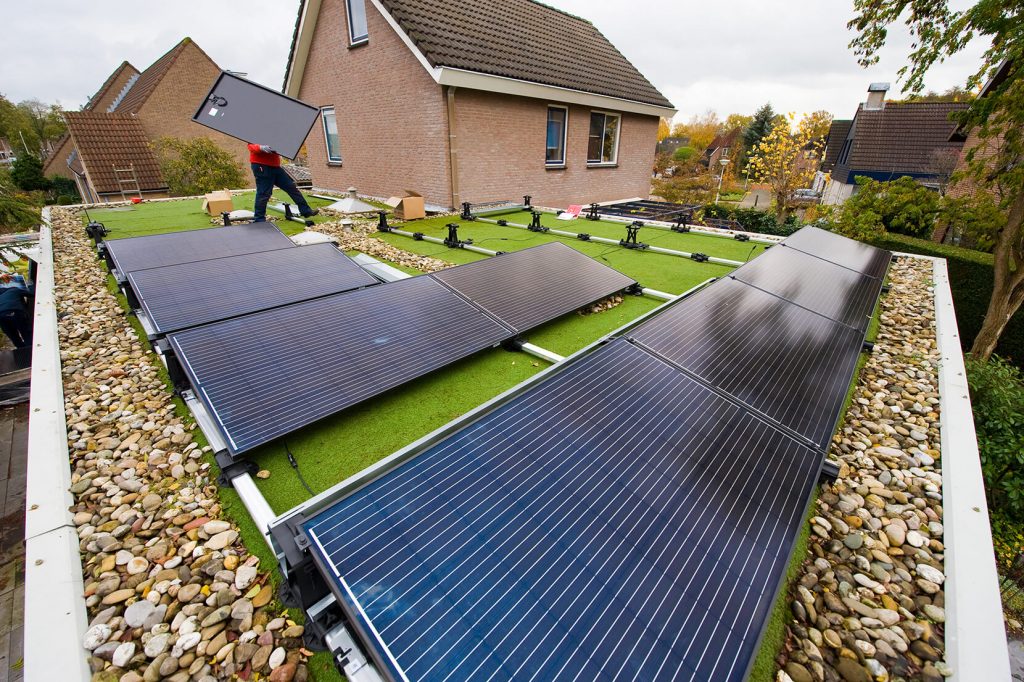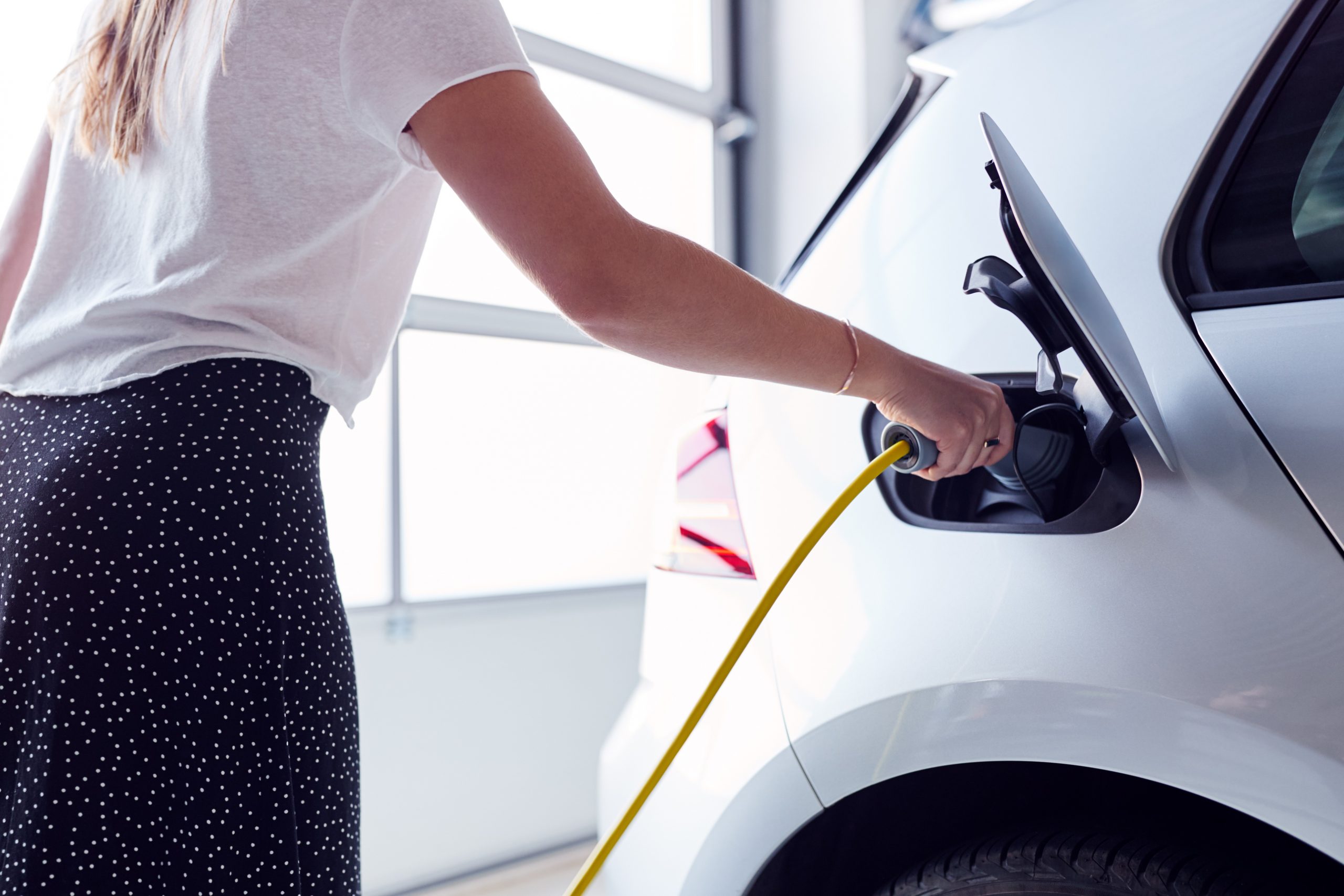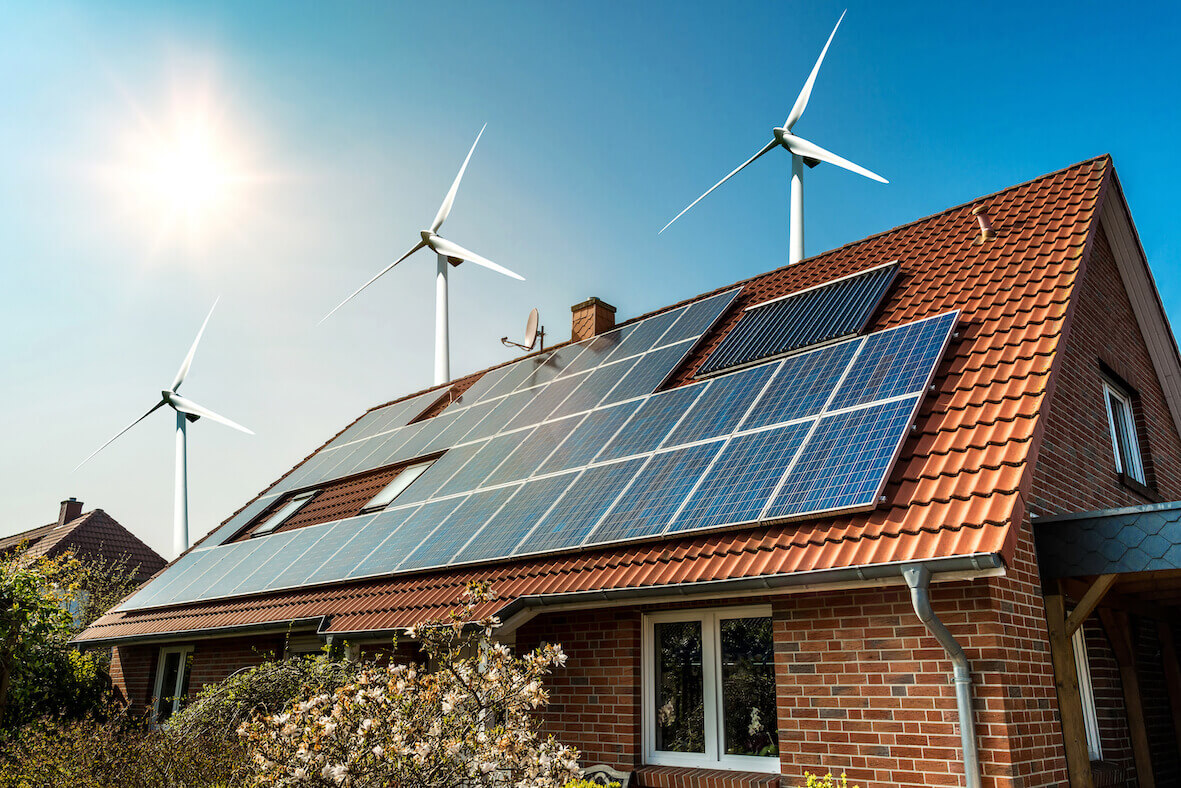What is retrofitting – an introduction
Heating and powering our homes is responsible for about a quarter of the UK’s carbon dioxide emissions. The Government has set a target to reach net-zero carbon emissions by 2050. Improving the energy-efficiency of our homes is therefore crucial if we are to meet that target.
But retrofitting does not only benefit the environment; it can result in warmer, more comfortable homes that are ultimately cheaper to run. It’s a win-win situation.
How do you get started with retrofitting a home?
We are increasingly hearing that we may need to retrofit our homes to meet new energy efficiency standards. But what does retrofitting actually mean?
The UK Government defines retrofit as “the introduction of new materials, products and technologies into an existing building to reduce the energy needed to occupy that building” (UK Government, 2014).
When we talk about retrofitting our homes, we mean making improvements to make our homes warmer and more comfortable and to reduce the emissions produced by heating and power. It could also reduce our energy bills. That could mean upgrading what is already there, for example, insulation, windows or doors, or installing new technologies such as heat recovery systems, heat pumps, smart controls or electric vehicle chargers.
Retrofitting may take many forms. One could look at single, simple improvements on a piece-by-piece basis such as fitting draught excluders, LED lightbulbs, or installing or increasing loft insulation.
Alternatively, one could adopt a ‘whole house’ approach, where all the elements of a property are considered together, including how they interrelate and affect each other. Then it is possible to work out a programme of improvements that tackle each element in a logical order. For example, it would make little sense to upgrade a heating system if the property has very ‘leaky’ windows and doors that let all the heat escape into the atmosphere.
Tackling the walls, windows and doors, and floors and roof is known as a ‘fabric first’ approach. It means making sure the ‘fabric’ of the building is working as efficiently as possible to keep the heat in and let any moisture escape. If this is done first, it may mean that the property needs less actual heating power to achieve the same temperature, because less heat is being lost.
Once the fabric has been improved, technologies such as low-carbon heating and mechanical heat and ventilation recovery systems start to make more sense.
However, there is no one-size-fits-all approach to retrofitting. Properties in the UK vary enormously in how they are built and how they function. What would work in a 1980s house built with a timber frame and brick walls might be totally unsuitable for a solid stone Victorian property.
How do you get started?
Most homes in the UK would benefit from some retrofit work. One place to start is by looking at the Energy Performance Certificate (EPC). This will give a general idea of individual improvements that can be made and the likely benefits.
However, the biggest improvements would come from a ‘whole house’ or ‘deep’ retrofit, where all the elements are considered together. Although this is more costly upfront, there can be overall savings if a number of improvements are made at the same time. For example, erecting scaffolding once to install upper floor insulation and solar panels at the same time, instead of twice in two separate projects.
Most people would benefit from seeking the advice of a retrofit professional. The professional would conduct an assessment of the whole property to establish how it works and how it is used. It is then possible to consider what is possible in terms of improvements, costs, and usage, and how best to get there. The professional would then be able to create a logical plan and sequence of work to be undertaken.
However, before considering any retrofit improvements, it is important that homeowners understand the current condition of their home and any outstanding remedial works required. A decision can then be made about whether these need to be completed before any retrofit work, or whether they can be incorporated into a programme of energy-efficiency improvements.




